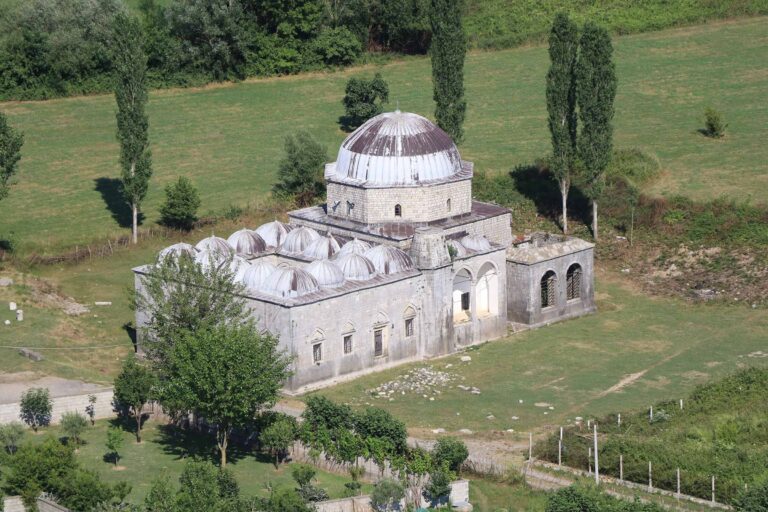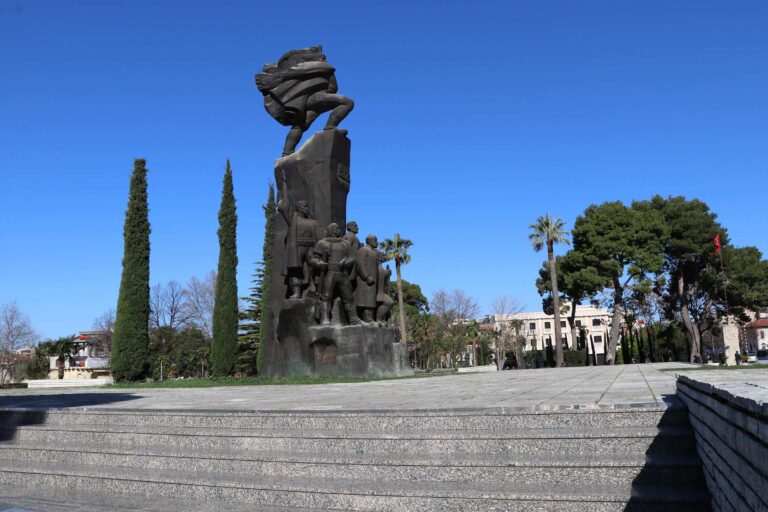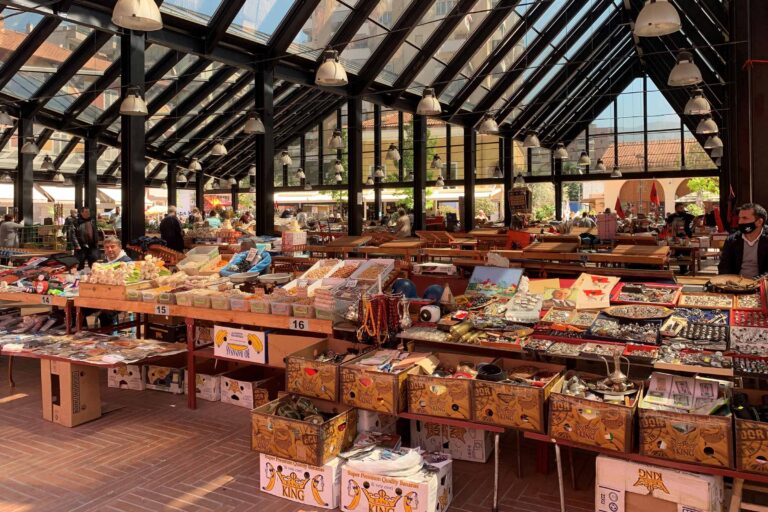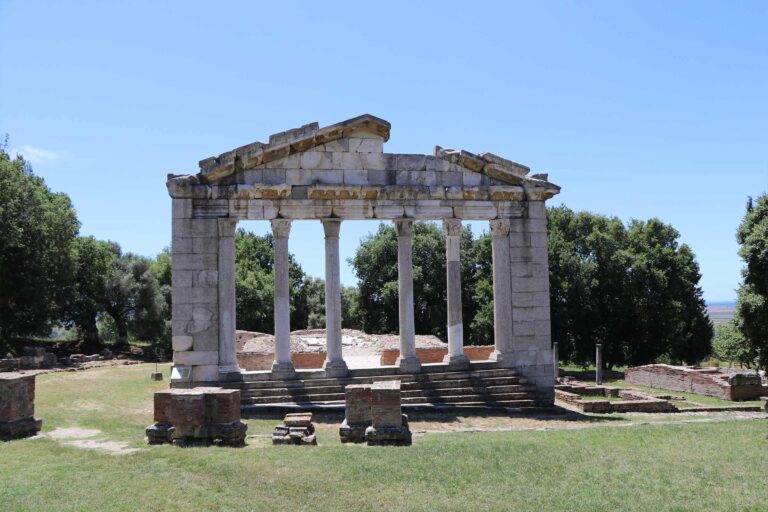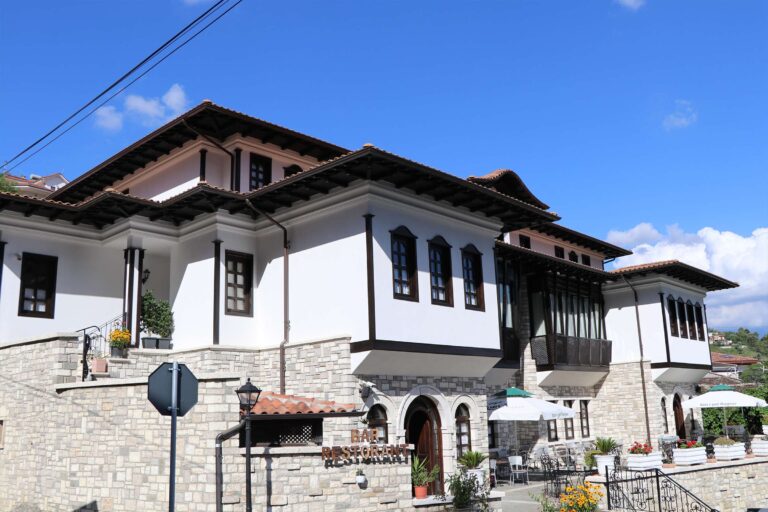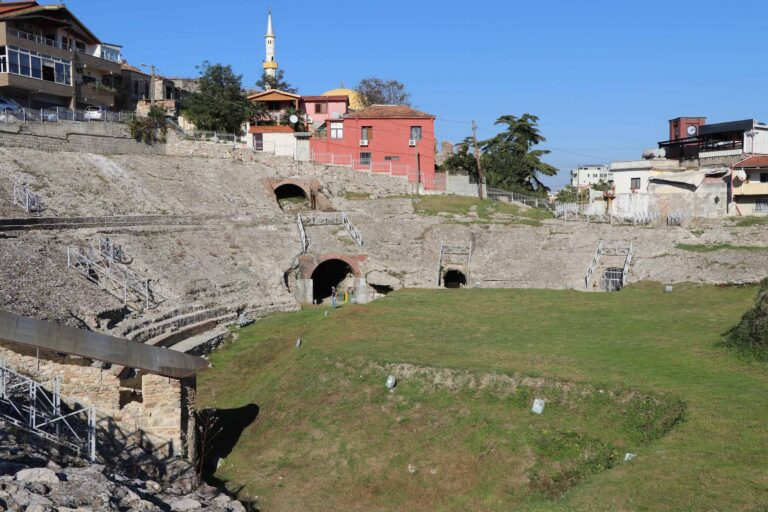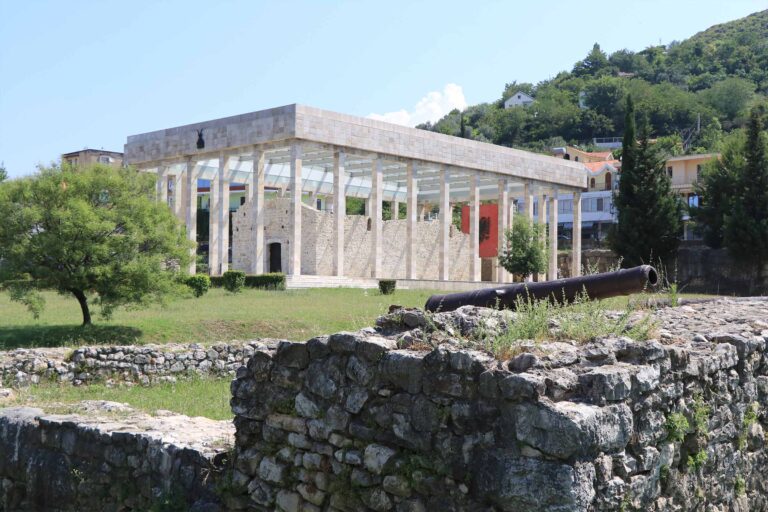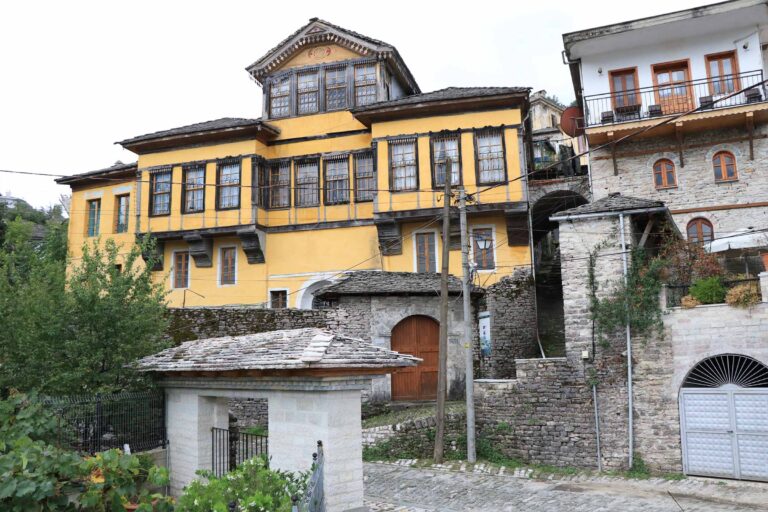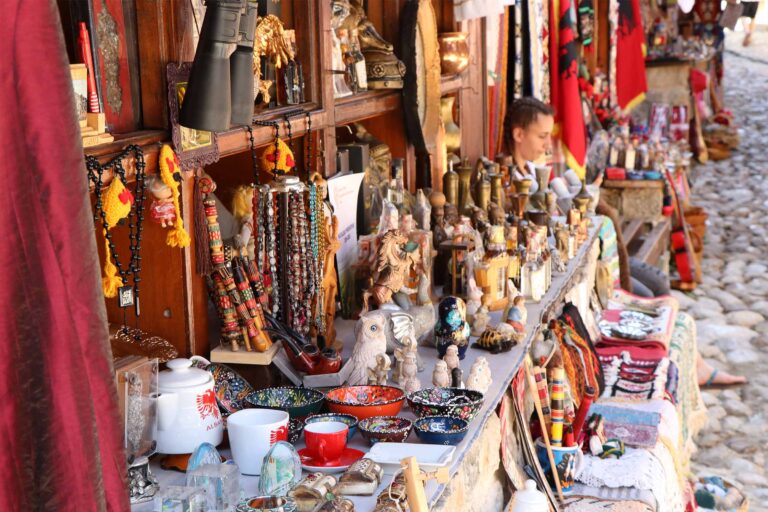Welcome by an English-speaking guide at the "Mother Theresa" airport in Tirana. Departure to Kruja. Rich in history and tradition, Kruja is home of the patriots and the epicenter of Albania’s independence from the Ottoman Empire. It was here that Gjergj Kastriot Skanderbeg, Albania’s greatest national hero, defended the country from the invasion of the Ottomans.
Visit the Skanderbeg Museum, one of the most visited places in Albania. Accessible via the bazaar, it is located in the heart of the historic citadel of Kruja and is dedicated to the Albanian national hero, Gjergj Kastrioti Skanderbeg. The museum has collections of objects dating back to most of the wars that took place during the 15th century between the Albanians and the Ottomans.
Visit the Ethnographic Museum of Kruja, which is located in the citadel in a house that belonged to one of the richest families of the 18th century. In a setting of elaborate ceilings and sumptuous murals, it presents objects and scenes of life that help us understand how an Albanian family lived in the 18th and 19th centuries.
Dinner in a traditional restaurant and overnight at the hotel.
